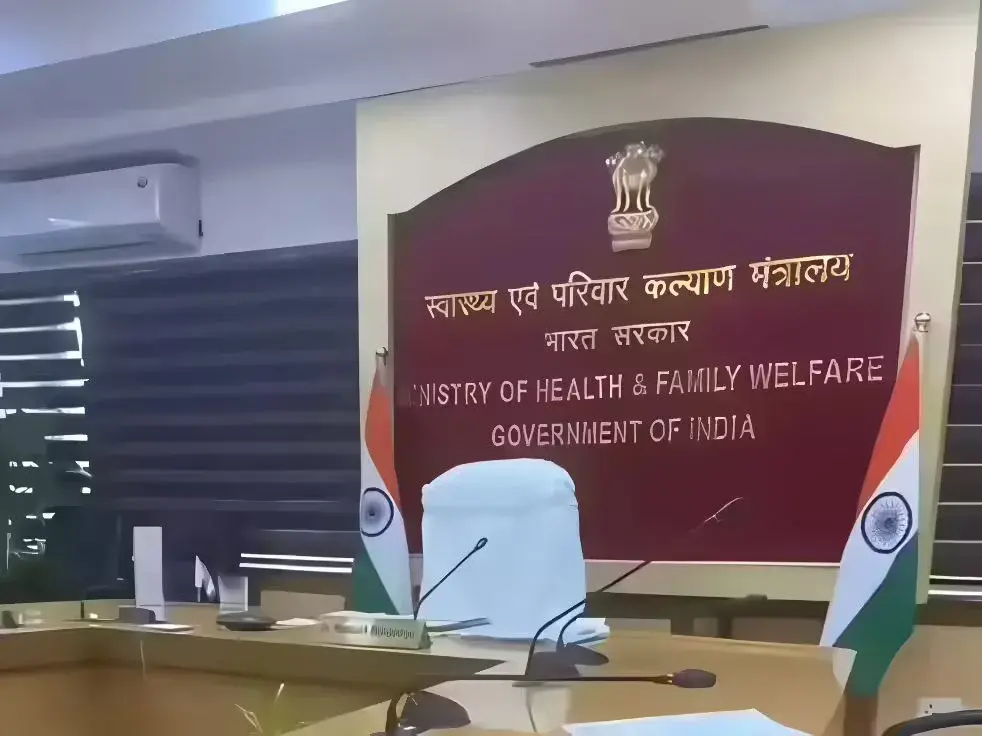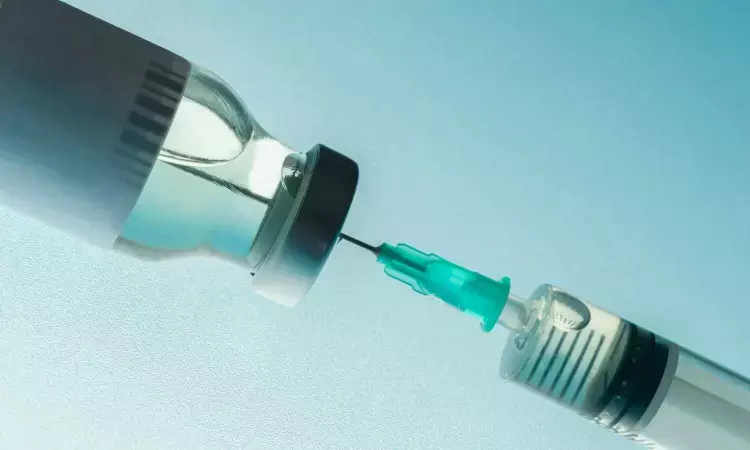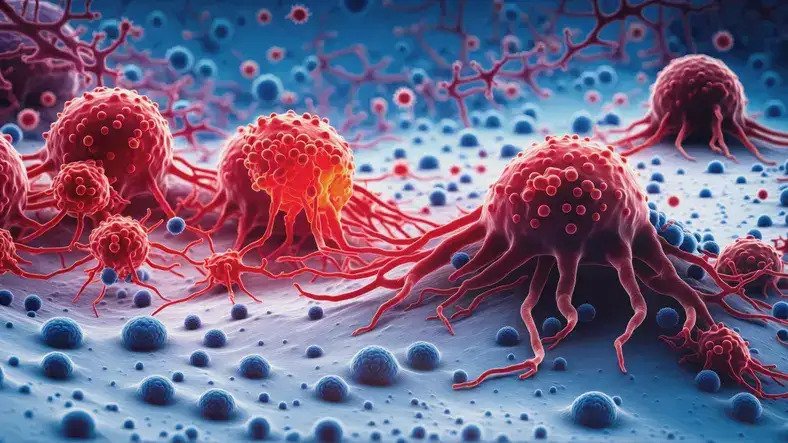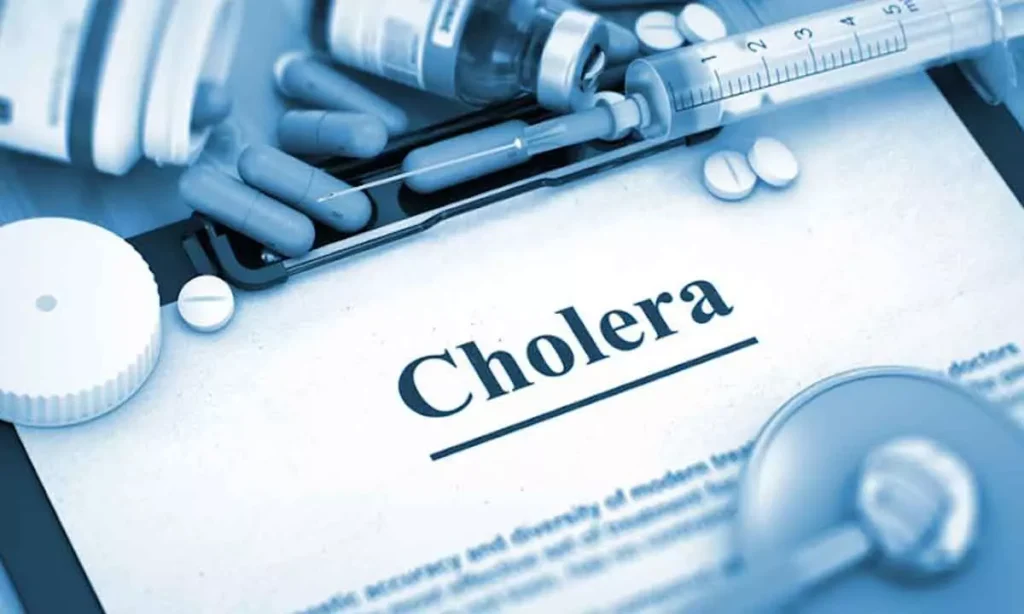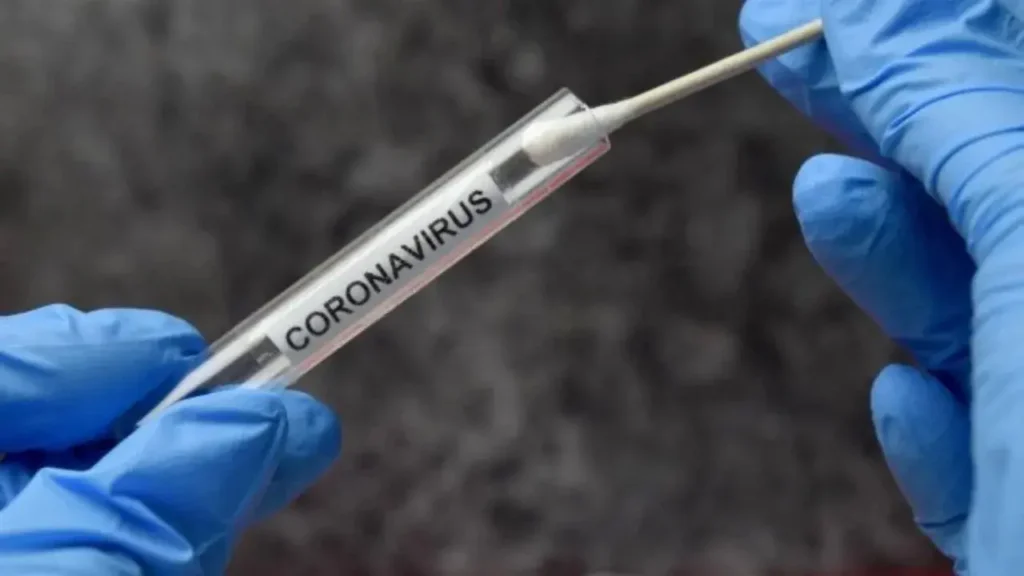India May Face Over 1.6 Million Gastric Cancer Cases, Global Study Warns
A new international study published in Nature Medicine has sounded the alarm over a possible surge in gastric cancer cases, predicting that more than 15 million individuals born between 2008 and 2017 could develop the disease globally during their lifetime. India is projected to bear a significant burden, second only to China, with an estimated 1.6 million cases if current prevention efforts remain unchanged. The research, led by the International Agency for Research on Cancer (IARC), the cancer research wing of the World Health Organization, used global cancer incidence data from GLOBOCAN 2022 along with UN demographic forecasts. It found that nearly two-thirds of future gastric cancer cases will likely emerge in Asia, with India and China alone expected to contribute about 6.5 million new diagnoses. A key finding of the study highlights that 76% of these cases could be linked to Helicobacter pylori—a widespread and chronic bacterial infection of the stomach that significantly increases cancer risk. Despite being preventable and treatable, H. pylori remains a major health challenge in many countries. Gastric cancer is currently the fifth most deadly cancer worldwide. The study also points to an anticipated six-fold rise in cases across sub-Saharan Africa, where the current incidence is relatively low. Experts behind the research are urging governments to invest in large-scale preventive measures—especially in screening and treatment programs targeting H. pylori. They stress that such interventions could slash future cancer cases by as much as 75%. The researchers warn that an ageing global population, along with rising cancer rates in younger people, could undo recent progress in cancer control if swift action is not taken. The findings reinforce the urgent need for countries, particularly in Asia, to enhance public health strategies focusing on early diagnosis, education, and bacterial eradication to curb the looming threat of gastric cancer. Source: CNBCTV18
India May Face Over 1.6 Million Gastric Cancer Cases, Global Study Warns Read More »



